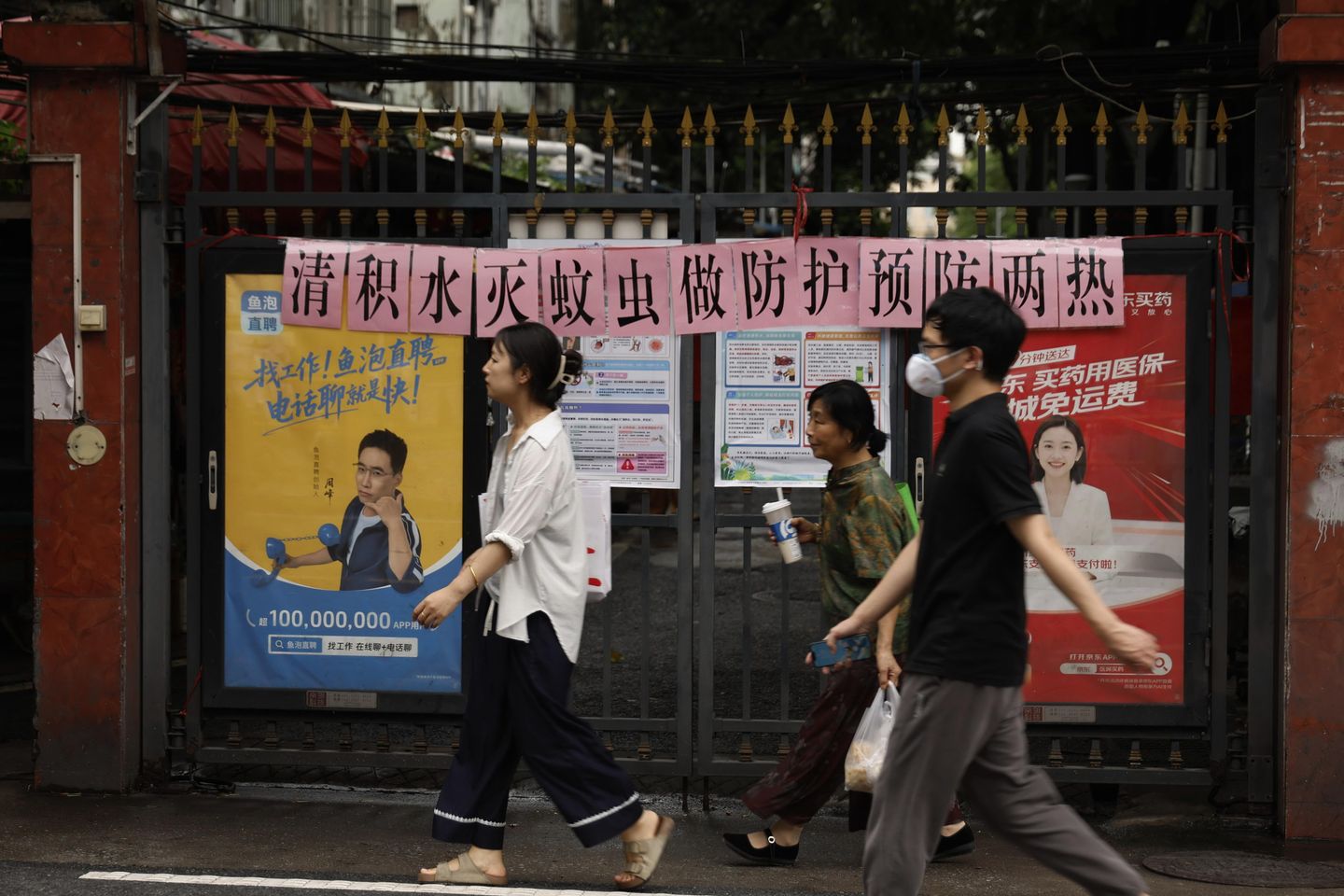
Don’t miss the full story, whose reporting from The Associated Press is the basis of this AI-assisted article.
China is currently battling a significant outbreak of the chikungunya virus, with more than 7,000 cases reported as of Wednesday, primarily concentrated in the manufacturing hub of Foshan near Hong Kong. Authorities have implemented comprehensive preventive measures, including mosquito control efforts, hefty fines for those who fail to eliminate standing water and even drone deployments to locate insect breeding grounds.
While new case numbers appear to be declining slowly, the outbreak has prompted travel advisories. Here are some key facts about the chikungunya virus:
• What it is: Chikungunya is a mosquito-borne virus.
• Primary symptoms: The virus causes fever and joint pain, with symptoms similar to dengue fever, making it a debilitating illness for those affected.
• Transmission method: Chikungunya is spread exclusively by mosquitoes that breed in standing water, and importantly, the disease cannot be transmitted between people.
• High-risk populations: The young, older people, and those with preexisting medical conditions are most at risk of severe complications from the virus.
• Environmental factors: Heavy rains and high temperatures have worsened the crisis in China, conditions that favor mosquito breeding and virus transmission.
• Treatment approach: Patients in Foshan are being required to stay in the hospital for a minimum of one week, though no specific antiviral treatment is mentioned in The Associated Press report.
• Geographic impact: The outbreak has affected China’s Guangdong province, prompting the U.S. to issue travel advisories for the region, with other affected countries including Bolivia, Brazil, and Indian Ocean island nations.
• Prevention efforts: Chinese authorities are using comprehensive mosquito-control measures, including disinfectant spraying, fines up to 10,000 yuan ($1,400) for maintaining standing water and even biological controls such as fish that eat mosquito larvae.
This article is written with the assistance of generative artificial intelligence based solely on Washington Times original reporting and wire services. For more information, please read our AI policy or contact Ann Wog, Managing Editor for Digital, at awog@washingtontimes.com
The Washington Times AI Ethics Newsroom Committee can be reached at aispotlight@washingtontimes.com.











